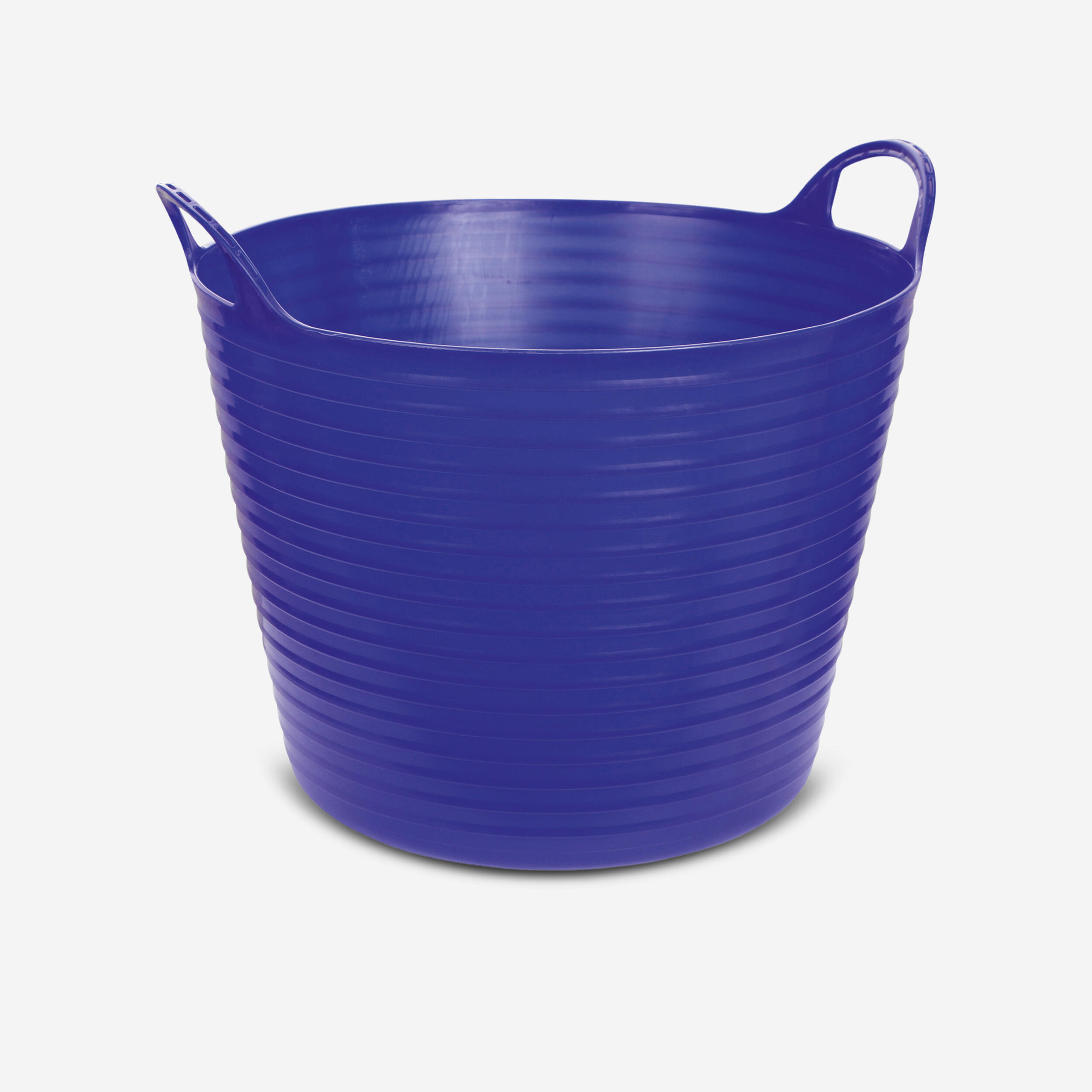
Buckets can also be a source of medication contamination, which can have serious implications if you compete. Medication ContaminationĪside from the obvious, there’s another important reason to keep buckets clean. Follow the manufacturer’s guidelines for recommended dilution levels. Drill from the inside down toward the floor so that and rough edges created are on the bucket’s underside and will not catch on the horse’s muzzle while eating.Īfter washing with mild detergent, soak buckets in a dilute bleach solution or Nolvasan. If corner feeders can’t be taken down for cleaning, consider drilling several small holes in the bottom so water can drain out after you wash them. Simply use water, a mild detergentlike dish soap, and a stiff brush. You’ve added bucket cleaning to your chore list at an appropriate interval. In this case, aim to clean and disinfect buckets daily. This means they allow disease spread between horses. So, feeders might need to be washed once every couple of weeks at a minimum or more often in warmer more humid climates.Īnd, buckets can become biosecurity hazards in barns where they’re shared between horses. In the summer months this residue can attract flies, providing a food source for pests but also a potential site for them to lay eggs.

These will leave feeders with more residue.

However sweet feeds with higher molasses levels, or high fat feeds can be sticky, and the same is true if you add fat sources, such as oils, on the feed. Pellets that are fed dry or feeds such as plain oats are fairly clean and won’t leave much in the bottom of the feeder.

How frequently feeders and buckets require cleaning depends on several factors, including the type of feed it holds and the climate.


 0 kommentar(er)
0 kommentar(er)
